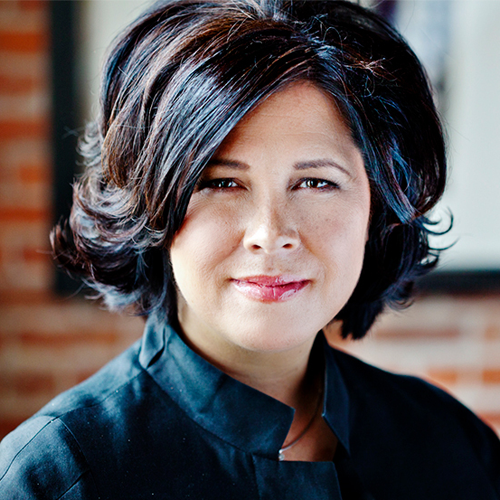THOUGHT LEADERSHIP
Businesses continue to grapple with unprecedented challenges brought about by the Covid-19 crisis. What the future will look like, no one knows. But in the midst of all the uncertainty lies opportunity.
According to Sheryl Connelly, Chief Futurist at Ford Motor Company, forward-thinking organizations are taking steps now to prepare for the new reality that will take shape once the crisis passes, and applying lessons learned during the pandemic. Having served as Ford’s Futurist for more than a decade, Sheryl is responsible for identifying global trends, exploring potential implications and cascading these insights on “futuring” to organizations throughout the company, including design, product development, and corporate strategy. Additionally, she serves as a member of the Global Advisory Council on transportation for the World Economic Forum and has been named one of the “Most Creative People in Business” by Fast Company, twice. She is a featured speaker at TED Global, and has appeared on CBS This Morning, CNBC’s Fast Money and NPR’s All Things Considered.

Q: Many feel that for the first time, their work lives and personal lives are coming together. What are your thoughts on that?
In her book Dare to Lead, Brené Brown asserts that great leaders are willing to be vulnerable, because vulnerability takes courage. Today, people are sharing their vulnerabilities on so many different levels. So often in the business world, we work hard to craft a persona and put a professional face forward. But when you’re working at home and the laundry is stacking up, the dogs are barking and the kids are fighting, you can’t hide that. Others see it and think, “I’ve been there, too.” Most of the professional emails I get these days begin with “How are you and your family?” They have the tone of “Let's talk about what's important before we talk about what the business needs.” We’re starting to see each other as our whole selves, beyond being simply units of productivity.
And I find comfort in the fact that I’m not in this alone. Every single person in the world is dealing with the pandemic. We don’t have to struggle through it as individuals; it’s a collective experience.


EDITORS PICKS

Article
The Musings of a "Futurist"







